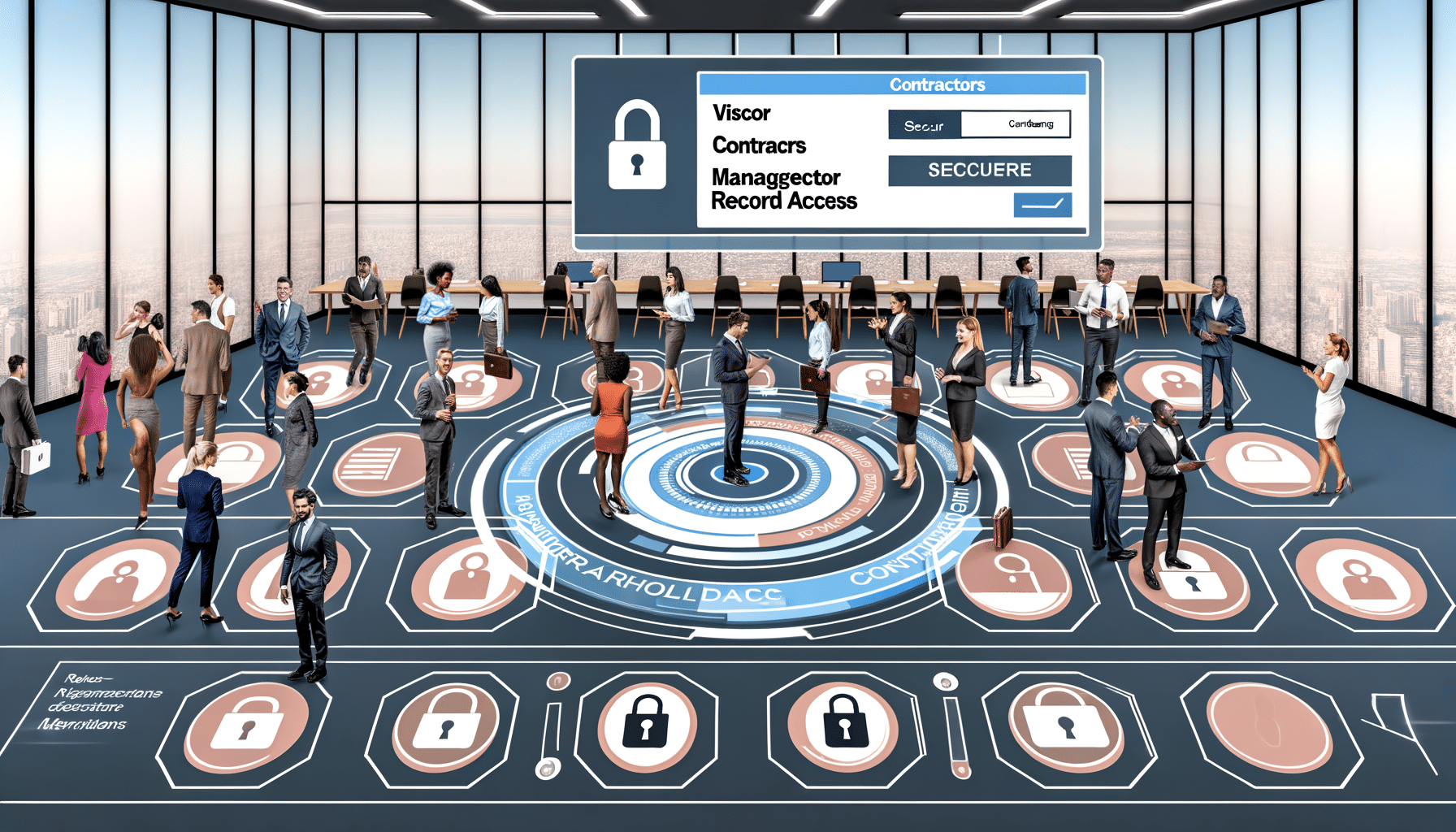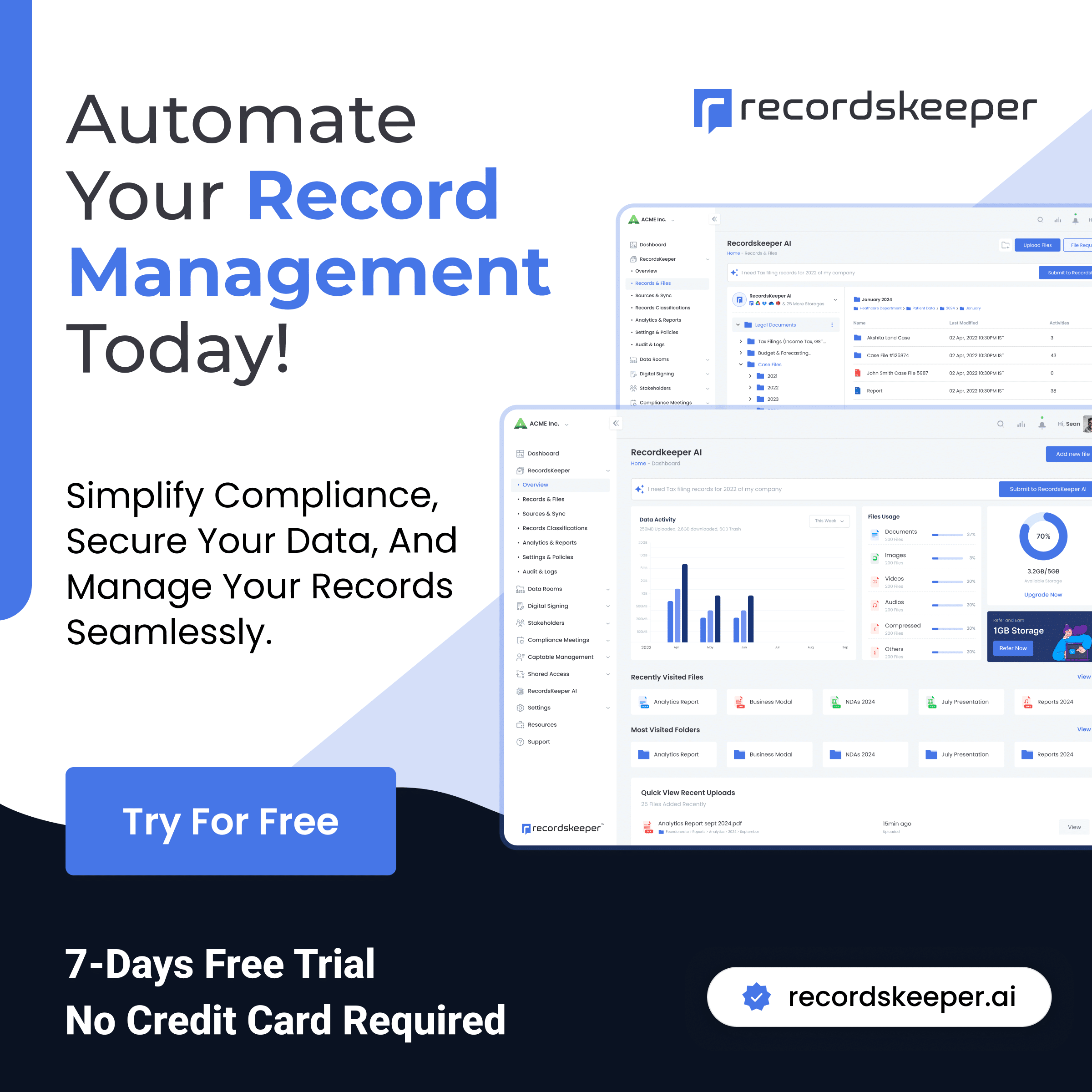- Archive Security
- January 22, 2025
Setting Up Record Access Levels

Understanding the Importance of Record Access Levels
In today’s data-driven world, the question of who gets to see what kind of information is not just an administrative matter; it’s a cornerstone of security strategy for any organization. Having spent over a decade in technology and entrepreneurship, I’ve come to realize that creating appropriate access hierarchies is vital to maintaining data integrity and security.
Record access levels aren’t merely restrictions; they are enablers for an organization. They ensure that sensitive data is viewed, altered, or shared only by those who are authorized to do so. This article aims to guide you through the fundamentals of setting up and managing these access levels proficiently.
Establishing Your Access Levels: Why It Matters
The essence of access levels lies in safeguarding assets while ensuring productivity. With a structured access framework, your organization can effectively:
- Protect sensitive information from unauthorized access.
- Ensure compliance with regulations such as GDPR and HIPAA.
- Streamline record retrieval and management.
- Enhance accountability through detailed audit trails.
For a practical example, think of a government department leading a critical project. Different project teams will need varying levels of data access. Proper access level setups ensure that the right team members have the right access without jeopardizing the organization’s security.
Designing Your Access Levels
Creating access levels involves several steps. Here’s how I approach it:
1. Assess Organizational Needs
It begins with a precise understanding of organizational data needs. What objectives does your organization aim to fulfill through data access? Think strategically about every department and their interaction with data. Is the Marketing team supposed to access confidential financial forecasts? Probably not, and your access levels need to reflect this understanding.
2. Classify Your Data
Data shouldn’t be piled like a dusty, old library. Classify it based on sensitivity and usage. For instance:
- Public Data: General data accessible by all members.
- Confidential Data: Information restricted to select departments.
- Secret Data: Only accessible to top-level management.
Such classifications bring clarity to your access policies.
3. Develop Access Policies
Once your data is categorized, craft explicit policies around them. Define roles within your organization and specify the access level each role requires. My experience suggests minimizing permissions to the ‘least privilege’ – granting only the access necessary for performing specific tasks.
Implementing Access Levels with RecordsKeeper.AI
Our platform, RecordsKeeper.AI, reiterates these principles using AI and Blockchain. Here’s how it simplifies access management:
Automated Role Assignment
Using AI, roles and permissions can be assigned effortlessly, ensuring no unauthorized data access. By interpreting natural language commands, the system categorizes records accordingly, enhancing efficiency.
Secure Data Rooms
Share sensitive files in secure environments with real-time activity monitoring. This feature assures you of the controlled distribution of critical records, allowing only ‘controlled access.’
Blockchain Integrity
Blockchain plays a pivotal role in upholding data integrity. Manipulation is virtually impossible, as access logs are forever immutable and tracked transparently.
The Pitfalls to Avoid
As crucial as implementing access levels is, there are pitfalls you should be wary of:
- Overcomplication: Avoid overly intricate levels which can frustrate users and lead to mismanagement.
- Regular Updates: Access levels are not a set-it-and-forget-it task. As organizational roles change, so should the corresponding access levels.
- Ignoring Insights: Utilize audit logs to gather insights on data access behaviors and refine access policies accordingly.
Conclusion
Being strategic with access levels is not merely about protecting your organization; it’s about enabling it to function seamlessly and securely. By leveraging tools like RecordsKeeper.AI, you transform record management from a cumbersome duty into a competitive asset.
If you’re inspired by these insights or are interested in how AI and Blockchain can bolster your record security, let’s connect. Explore more of what RecordsKeeper.AI can do for your organization’s safety and efficiency. Follow me, Toshendra Sharma, on this journey of innovation and improvement.
Toshendra Sharma is the visionary founder and CEO of RecordsKeeper.AI, spearheading the fusion of AI and blockchain to redefine enterprise record management. With a groundbreaking approach to solving complex business challenges, Toshendra combines deep expertise in blockchain and artificial intelligence with an acute understanding of enterprise compliance and security needs.
Related Posts


Archives
- February 2025
- January 2025
- December 2024
- November 2024
- October 2024
- September 2024
- August 2024
- July 2024
- June 2024
- May 2024
- April 2024
- March 2024
- February 2024
- January 2024
- December 2023
- November 2023
- October 2023
- September 2023
- August 2023
- July 2023
- June 2023
- May 2023
- April 2023
- March 2023
- February 2023
- January 2023
- December 2022
- November 2022
- October 2022
- September 2022
Want to get more content like this?
Signup to directly get this type of content to your inbox!!
Latest Post
Document Organization for Facilities
- February 5, 2025
Managing Records for Event Planning
- February 4, 2025
Quick-Access Emergency Protocols
- February 3, 2025
Handling Visitor Access Records
- February 2, 2025





